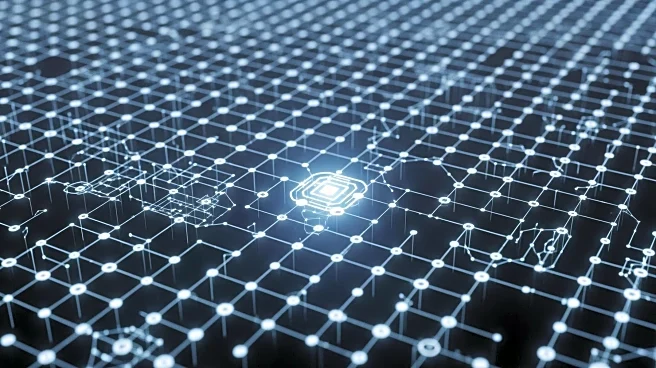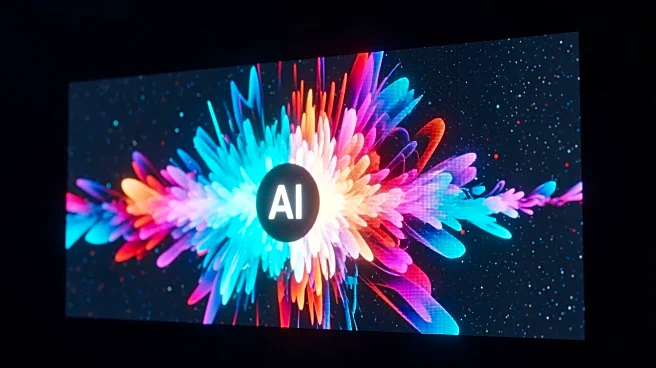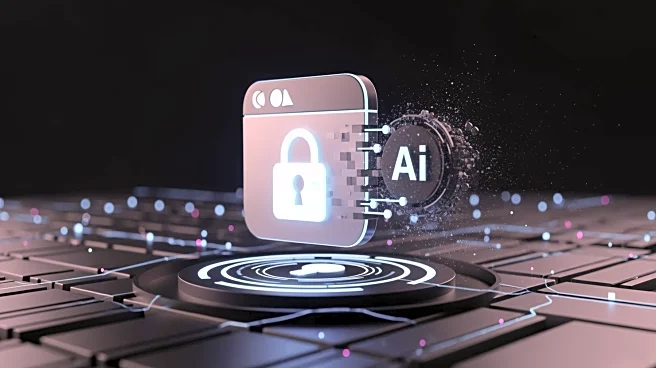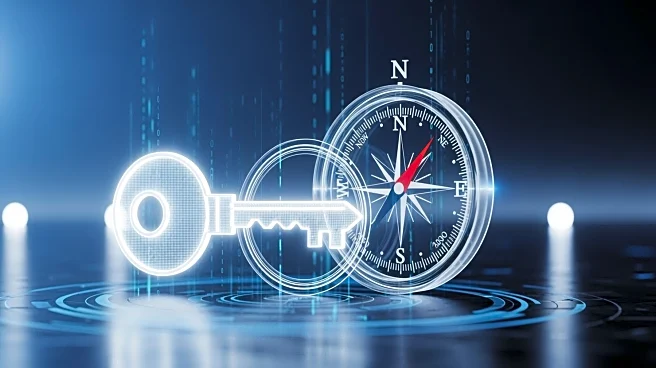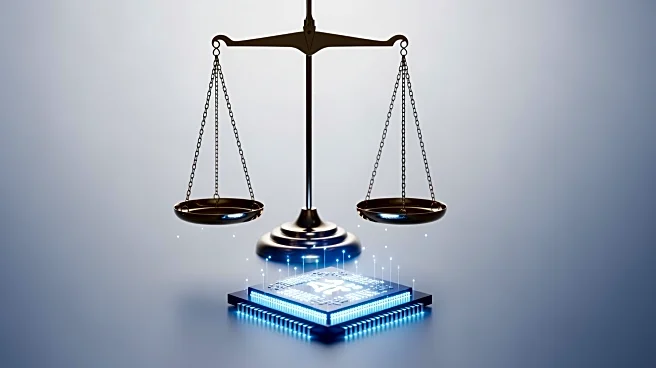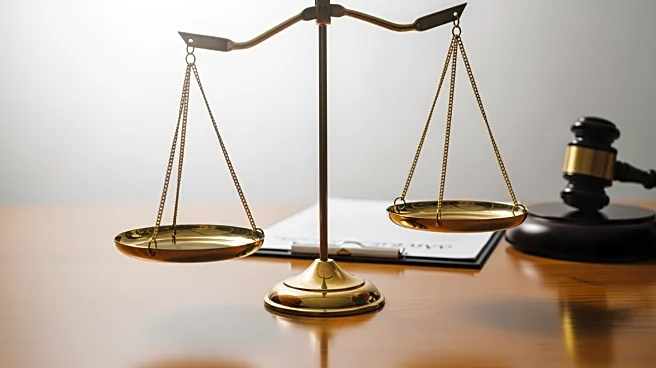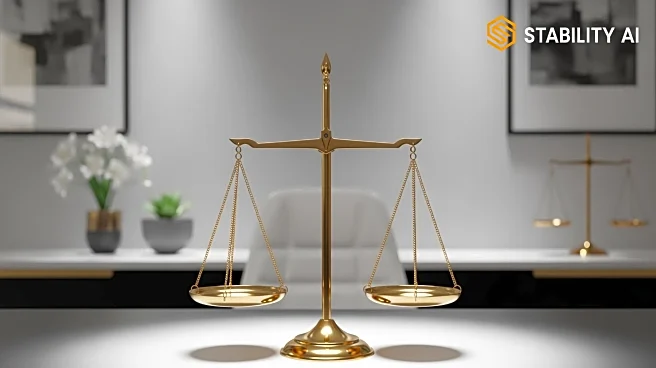What's Happening?
AI image generators like ChatGPT, Midjourney, and others have made significant advancements, yet they still struggle with producing accurate images, often resulting in bizarre or unusable outputs. Common
issues include inaccurate facial expressions, overlapping elements, and difficulty rendering logos or trademarks. Experts suggest refining prompts and using post-generation editing tools to mitigate these errors. Despite improvements, AI-generated images often require human intervention to correct mistakes and enhance quality.
Why It's Important?
The challenges faced by AI image generators underscore the limitations of current AI technology in creative applications. As these tools become more prevalent, understanding their shortcomings is crucial for users who rely on them for professional or personal projects. The need for human oversight in AI-generated content highlights the ongoing role of human creativity and judgment in digital media production. Additionally, the legal implications of using AI to generate trademarked or recognizable images remain a concern for users and developers.
Beyond the Headlines
The persistent issues with AI image generation raise ethical questions about the use of AI in creative fields. As AI tools improve, distinguishing AI-generated art from human-created content becomes increasingly important to maintain transparency and authenticity in media. The development of AI technology also prompts discussions about intellectual property rights and the potential for AI to infringe on existing copyrights.
